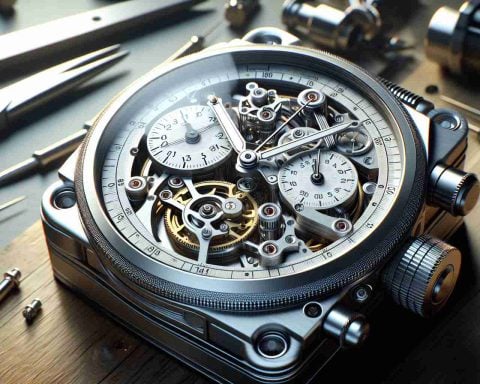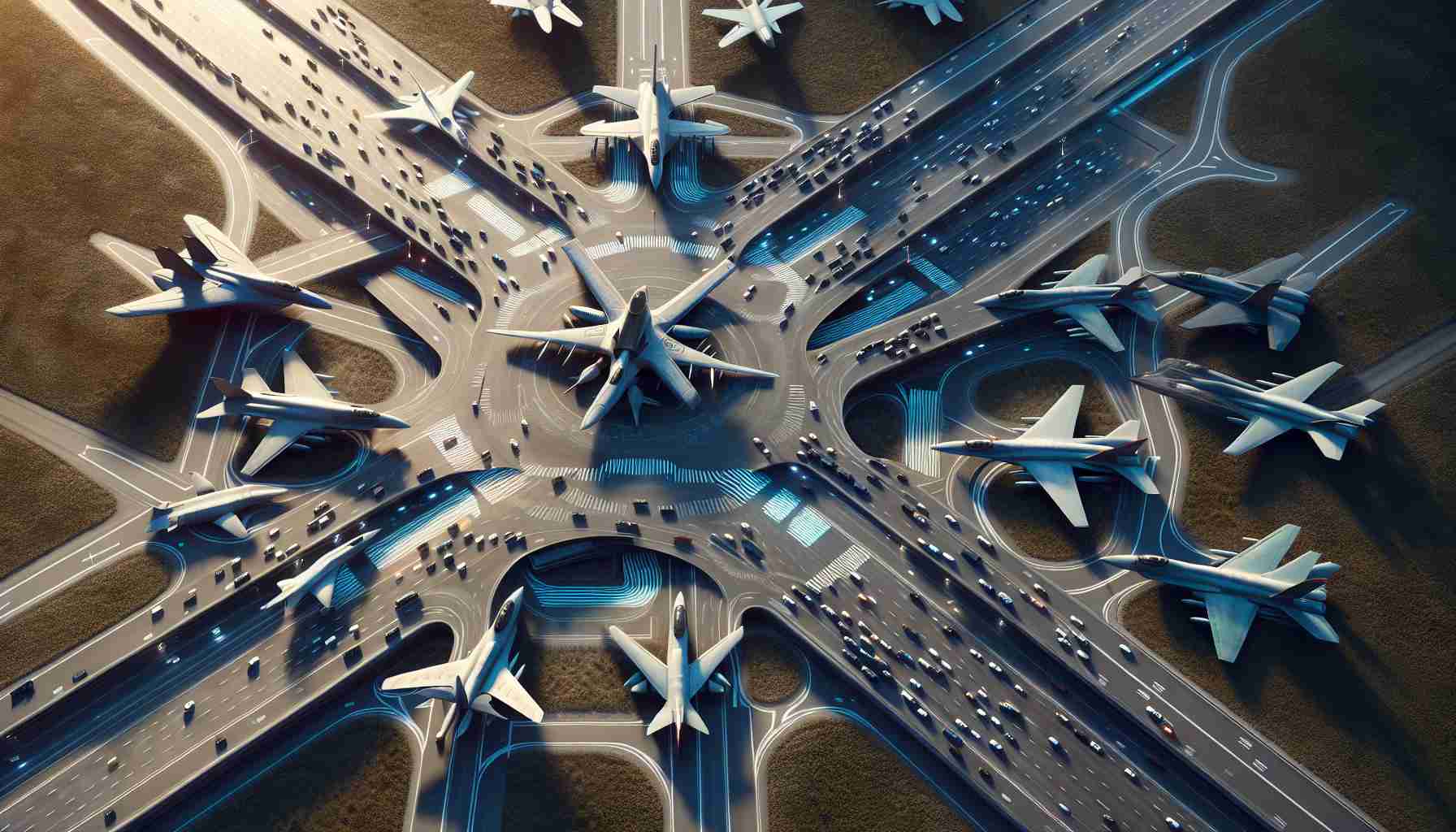In the wake of a tragic incident involving a young cyclist named Paul, who lost his life in a confrontation with a car in Paris, discussions about road coexistence have taken center stage. While attention is often directed at infrastructure improvements, a surprising element in this dialogue is the surge in popularity of “fatbikes.”
Fatbikes are eye-catching on the streets, often leaving onlookers wondering whether they’re witnessing a bicycle or a sleek new motorcycle. Characterized by their wide tires, these bikes don’t just stand out because of their robust design but also due to their considerable speed capabilities.
As these unique bicycles gain traction in urban areas, cities like Paris find themselves debating their place on crowded roads. While some advocates highlight their potential to enhance urban mobility and fitness culture, there’s growing concern about how these hefty bikes interact with traditional bicycles and vehicles.
Recent events, like the aforementioned accident, push communities to re-evaluate their transportation dynamics. Cycling enthusiasts argue for better infrastructure and clear guidelines, pointing out that modern solutions should cater to new forms of cycling, including fatbikes.
The conversation extends beyond just physical coexistence. It’s about reshaping the way cities accommodate an evolving fleet of transportation modes while ensuring the safety of all commuters. Whether fatbikes will be part of the solution or add to the complexity remains to be seen, but they’re undoubtedly accelerating the conversation on urban road safety innovations.
How Fatbikes Are Reshaping Urban Transportation and Causing Controversy
As urban spaces continue to evolve with an ever-growing mix of transportation modes, the introduction of fatbikes has added a fascinating wrinkle to the ongoing conversation about road safety and infrastructure. While the tragic incident in Paris has highlighted critical issues, there are numerous unseen facets of fatbikes that are influencing both individuals and communities in unexpected ways.
What Makes Fatbikes So Unique?
Fatbikes originated as niche products designed for off-road adventures, particularly in tough terrains like snow and sand. Their wide, low-pressure tires provide superior traction and stability, making them ideal for diverse environments. However, their transition from adventurous trails to bustling urban streets has taken many by surprise. Additionally, these bikes often come equipped with electric assistance, further blurring the lines between traditional bicycles and motorbikes.
Influence on Urban Culture and Lifestyle
Fatbikes are not just about function; they represent a lifestyle shift. In cities like New York, Amsterdam, and Tokyo, they have become a symbol of urban chic and sustainability. Their ability to handle various terrains appeals to adventurous city dwellers looking for versatile commuting options that traditional bikes might not offer. This shift is encouraging broader bicycle usage among populations previously less inclined to cycle, thus promoting fitness and reducing vehicular congestion.
The Controversy: Road Safety and Regulations
One of the primary concerns about integrating fatbikes into urban traffic is the absence of clear regulations. Municipal codes often struggle to categorize them, leading to ambiguous road rights and responsibilities. This can exacerbate tensions between fatbike riders, motorists, and traditional cyclists. Cities such as Paris are grappling with whether to designate specific lanes for fatbikes, akin to those for electric scooters, or to enforce strict speed regulations.
How Are Cities Responding?
Many cities are responding proactively to the challenges posed by fatbikes. Some are investing in pilot programs that expand bike lane networks, while others focus on public education campaigns aimed at fostering a culture of mutual respect on the roads. Interestingly, urban planners are also revisiting past infrastructure decisions, realizing that the bike lanes of yesteryear might not meet the requirements of modern and more diverse cycling needs.
Interesting Facts and Future Prospects
Did you know that some fatbikes can cost as much as a used car, reaching prices upwards of $3,000? This price point can limit their accessibility, posing questions about urban mobility’s equity. Furthermore, the rise of fatbikes correlates with increasing innovations in battery technology and lightweight materials, promising even more sophisticated models in the future.
The ongoing debate prompts the question: Can cities redesign themselves quickly enough to accommodate these rapid technological advances, or will regulation lag behind innovation, creating a patchwork of temporary solutions?
For those interested in learning more about urban transportation and bike culture, visit European Cyclists’ Federation or National Association of City Transportation Officials.
In conclusion, while fatbikes present a compelling opportunity for sustainable urban mobility, they also challenge us to think more deeply about integration, safety, and the evolution of public spaces. As cities navigate this novel landscape, the outcomes will likely shape the future of transportation for generations to come.






















